Art Fairs
Austria’s Biggest Art Fair Is Forging Ahead With an In-Person Edition Despite Growing Restrictions on Travel
Dealers showing at Vienna Contemporary are collaborating like never before as they leap over logistical hurdles.
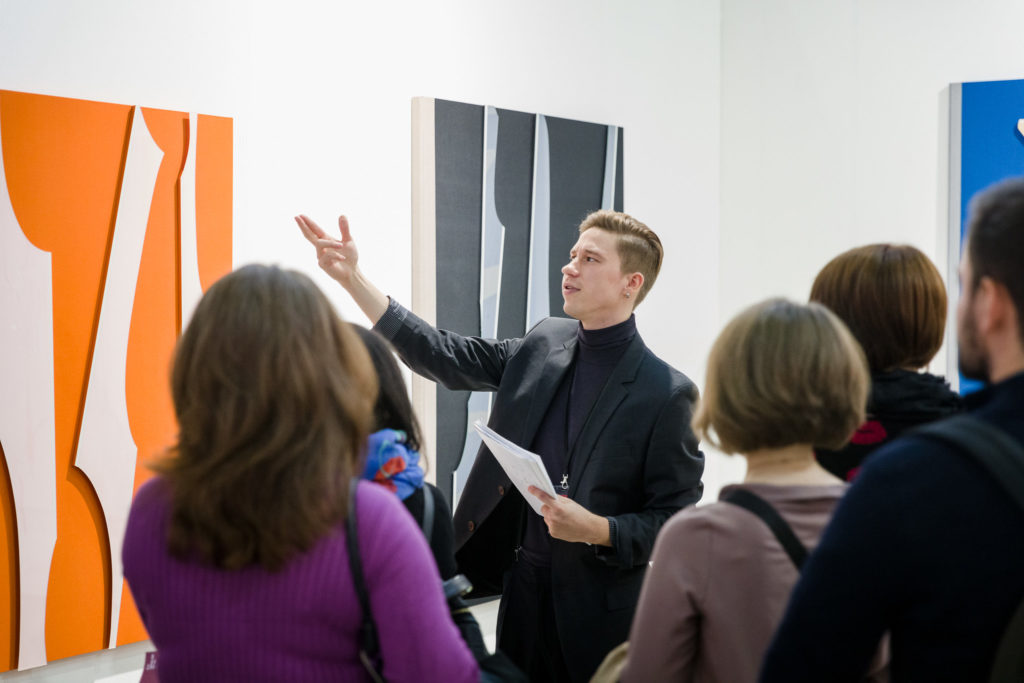
Dealers showing at Vienna Contemporary are collaborating like never before as they leap over logistical hurdles.

Kate Brown

Against seemingly all odds, the annual Vienna Contemporary art fair will be one of a handful of industry events to have an in-person edition this year, even as Europe braces for what may be further lockdowns in the days and weeks to come.
The fair, which opens to VIPs on Thursday, September 24, at its usual location, the historic Marx-Halle, has been downsized and is being orchestrated with a host of safety measures as participants and fair organizers look for ways to work around restrictions.
“With challenges arising weekly and new requirements, which need implementation, we have found creative and flexible solutions,” the fair’s director, Joanna Chromik, tells Artnet News.
“Given the external limitations, we were able to put a spotlight on the great local galleries and those from surrounding regions, and strongly focus on the quality of content that is being presented.”
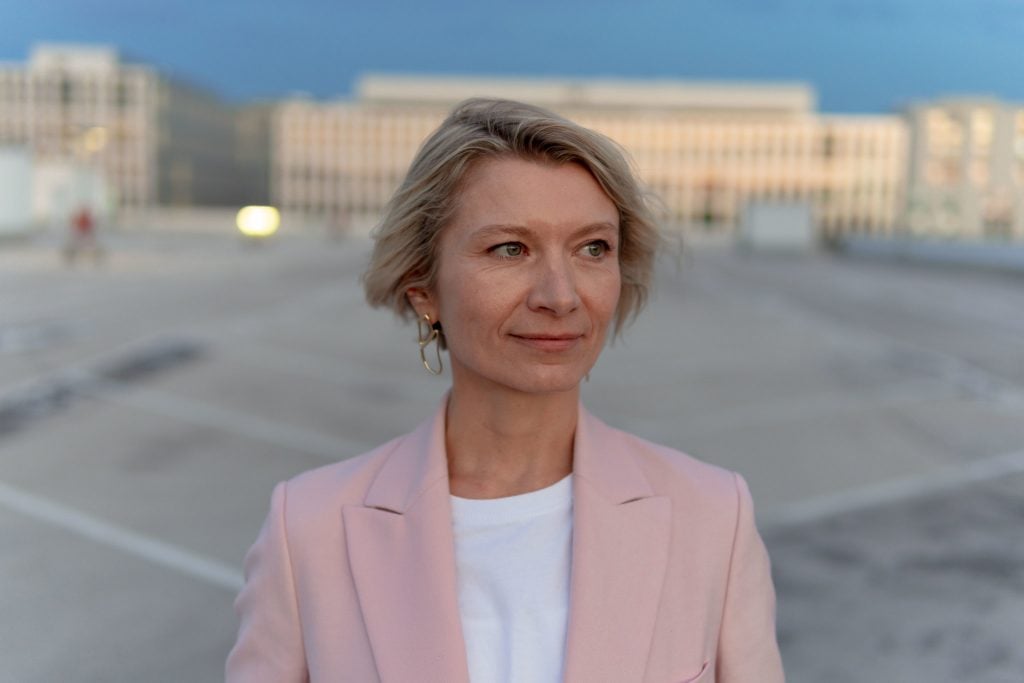
Johanna Chromik, artistic director of Vienna Contemporary. © Kristina Kulakova
While the mood of the art scene in Vienna is notably bright—the city-wide “Curated By” series of exhibitions, and the small Vienna Contemporary satellite fair, Parallel, are both taking place—the overall health situation is bleak.
Last Wednesday, the Robert Koch Institute, Germany’s central biomedical institution, added Vienna, the Austrian capital, to its list of high-risk areas. Swiss nationals must also enter quarantine upon returning home from Austria. What’s more, Vienna alone has seen a dramatic increase in Covid-19 cases, and the city of nearly 2 million has recently registered 50 percent of the country’s cases.
In a regular year, Vienna Contemporary is a bustling fair, boasting a strong profile of international galleries largely from Central and Eastern Europe. The city—a bridgehead between Eastern and Western Europe, with a strong collector base and famed institutions—provides an ideal setting.
But the fair this year has been slimmed down noticeably, with around 65 galleries attending from 16 nations, instead of 110, as in last year’s edition. Time slots will be in place for all visitors, and the fair is also offering a digital extension for those visitors who cannot attend in person.
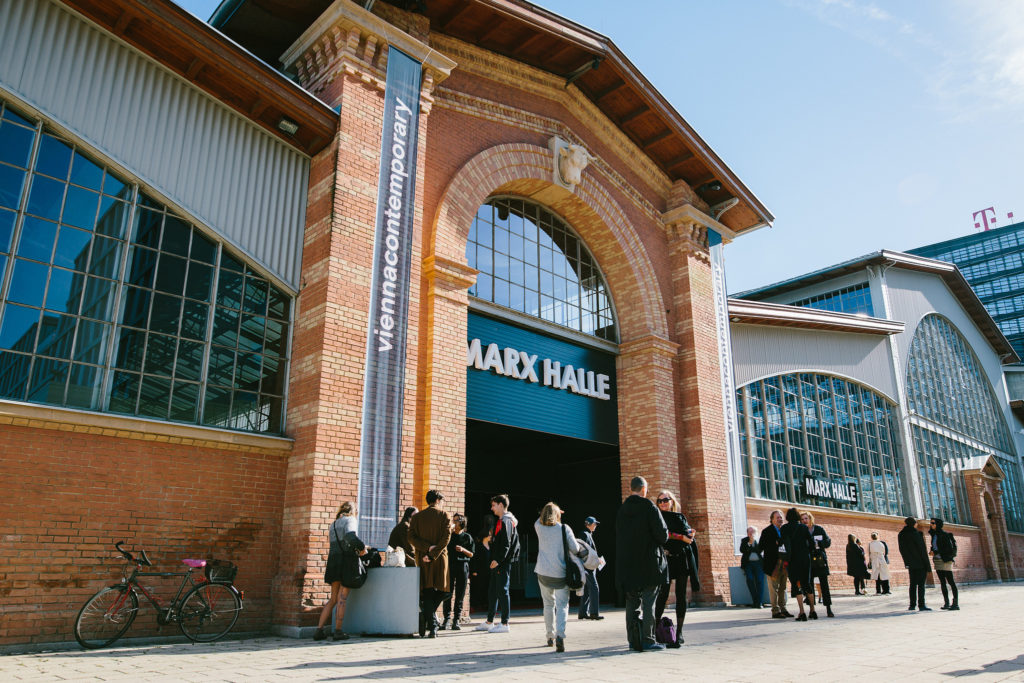
Viennacontemorary is located at the Marx Halle. Photo courtesy viennacontemporary.
The VIP preview will be extended over the entirety of the fair’s first day, allowing collectors to enter in small clusters (only half of the usual number of visitors is expected). Among safety measures, including a “dedicated Covid-19 representative,” who will implement and manage all safety measures, the fair’s participants are finding ways to take care of each other.
And the event’s organizers, recognizing the difficulty of the situation, have dropped booth fees to 50 percent of the usual price.
“We are convinced that this is a very fair deal and we see this offer as an investment in the future of contemporary artists and art in the whole Central and Eastern European region,” Chromik says.
But some local galleries did not see it that way. Christine König and Martin Janda, both from Vienna, are not attending. Janda told the Austrian newspaper Der Standard that he “hoped that the fair would be postponed until next year.”
Other galleries that typically attend, like LETO from Warsaw, also decided to sit this edition out. Jochen Hempel canceled his appearance when it became clear that he would need to quarantine upon returning to Leipzig, where his gallery is based.
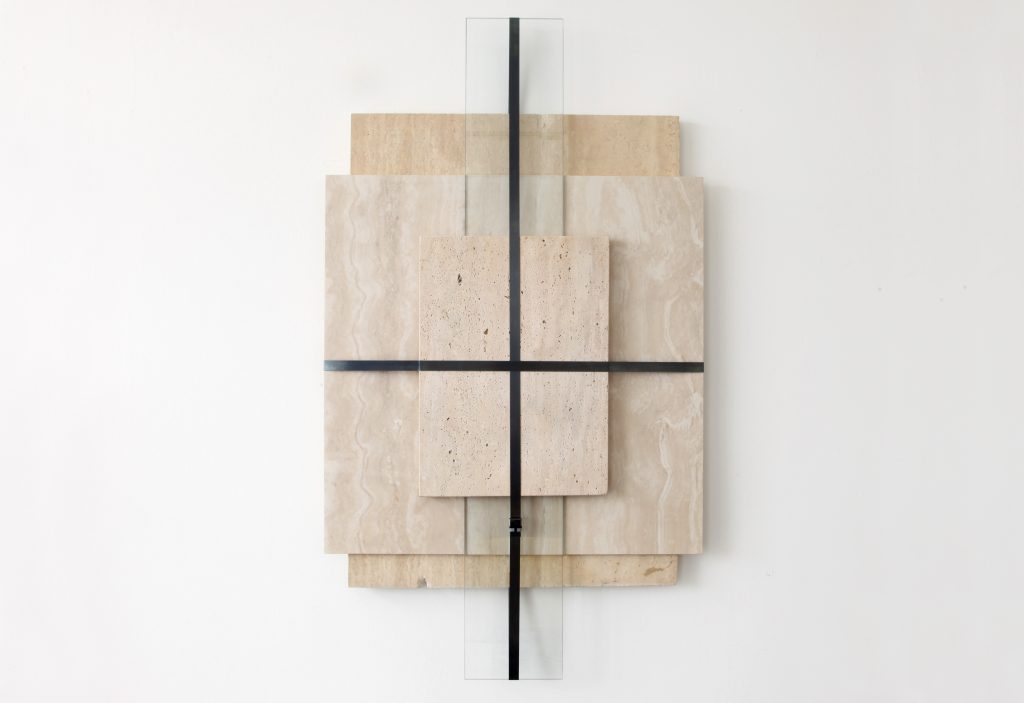
Andreas Fogarasi, Nine Buildings, Stripped (Franz Josefs Travertin) (2020). Courtesy of Georg Kargl, Vienna and Vintage Galéria Budapest.
Chromik says that in addition to reduced booth fees, tightened safety measures and dealer-led initiatives, such as shared booths, helped make the fair possible.
But Eastern Europe will have fewer participants and attendees this year, and Hungarian galleries are participating in absentia after the country became the first to put up a hard border on September 1. The neighboring nation maintains close economic ties with Austria, which spelled trouble for Hungarian galleries that are regulars at the Viennese fair.
When Budapest-based galleries were effectively barred from attending, Viennese dealer Inés Lombardi, who runs Galerie Georg Kargl, offered to cooperate with Vintage Galéria on a shared booth, presenting an artist they both represent, Viennese conceptual artist Andreas Fogarasi.
Yet even without a hard border, it’s complicated for foreign galleries. Art dealer Joanna Gemes of the London gallery l’étrangère, which participated for the first time last year, says that when it became clear that travel would not be possible, the gallery engaged two local art advisors.
“We have been in touch on Skype and email for the last few weeks and I am confident they will do a good job,” Gemes says. The gallery will show Vienna-based artist Anita Witek, Warsaw-based Joanna Rajkowska, and Nottingham, UK-based artist Yelena Popova. Works range from €2,500 for a photo, to €20,000 for a large tapestry.
Veteran dealer Myriam Charim has similar plans. Although she will not attend in person, she is collaborating with Berlin gallery KOW director Nikolaus Oberhuber for a booth at the fair.
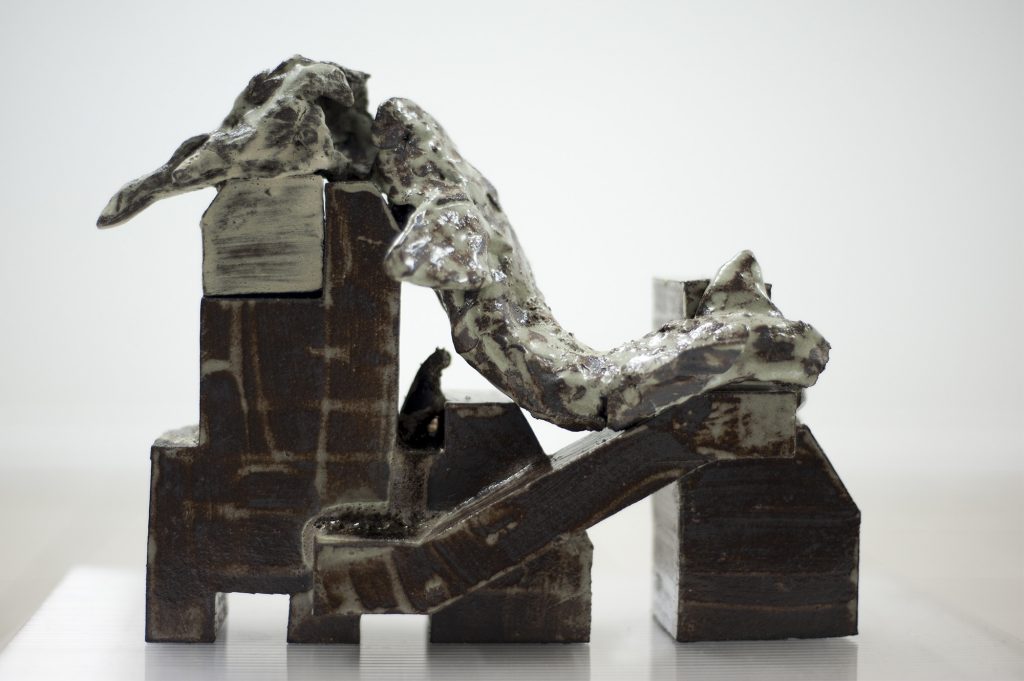
Gianni Manhattan at ZONE1, viennacontemporary: Laurence Sturla, At The Plateau, 2019. Courtesy the artist and Gianni Manhattan. Photo Anthony Stephinson.
“It is so very special and generous that he offered to do this,” she says, adding that Oberhuber has done extensive research on all the artists he will be showing from her program.
“It is good for my artists as well to become known by KOW. In normal art fair times, you barely have the time to look at the artistic positions of your colleagues.”
Charim says younger collectors plan to brave the complicated border-crossing situation because they are eager to go to one of the only live fairs that will take place this year.
“They also want to support dealers through this difficult period,” she says. “Older collectors are in touch, but many of them will not take the risk.”
Though there won’t be the same bustling preview, Chromik remains optimistic that an in-person event is at least a symbolic move in trying times.
“Especially since the creative and art scene has been strongly affected by these challenging circumstances, it is more important than ever to set a strong signal for contemporary art,” she says.
Vienna Contemporary will be open from Thursday, September 24, through Sunday, September 27, 2020 at Marx-Halle.